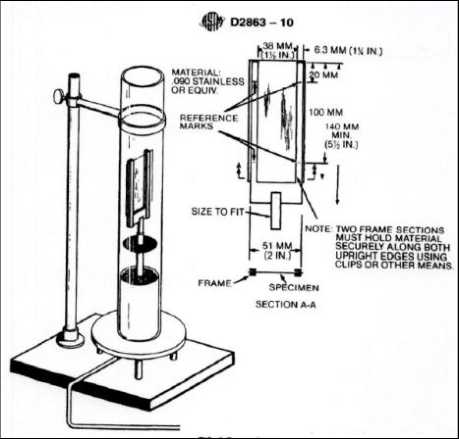- Qinsun Instruments Co., Ltd.
- Tell:+86-21-6780 0179
- Phone:+86-17740808215
- Address:No. 2578 Minhang District Gu Dai Road, Shanghai
- Contact:Mr. Li
- QQ:846490659
Precautions for water quality analyzers

Precautions for using water quality analyzers:
1. The problem of fully enclosed system. The connection of the Karl Fischer reagent circuit must be tight, from the reagent bottle to the metering pump and then to the reaction pool, otherwise reagent leakage will directly affect the test results. Another issue with its non airtightness is that during testing, the Karl Fischer reagent absorbs air and moisture, which can cause a delay in the titration endpoint.
2. Magnetic stirring speed adjustment. In the reaction pool, because the titration reagent is added locally and not at the electrode, it is best to stir at a speed that is fast enough to avoid turbulence, so as to reach the endpoint as quickly as possible.
3. The moisture meter should be kept away from strong magnetic fields to avoid electronic display jumping and abnormal phenomena during operation. A manual moisture meter requires the use of a glass automatic burette to measure Karl Fischer reagent and methanol solvent, and the glass burette itself must be connected to the outside world due to the balance pressure.
4. The titration speed should be set first as fast and then as slow. When titrating, start quickly to shorten the test time as much as possible, and strain slowly when approaching the endpoint, which can improve the measurement accuracy.
5. After the experiment is completed on the same day, it is necessary to empty the Karl Fischer reagent in the system and clean it with methanol. Do not clean the system with water because it is not easy to evaporate, which will cause inaccurate calibration of Karl Fischer reagent in the next experiment.
6. When adjusting the titration rate of the burette, it is best to adjust it to 1 drop per second. Too fast titration speed will result in significant delay errors when reaching the endpoint; If the titration speed is too slow, it will prolong the testing process, and the above interference can easily lead to a delay in reaching the endpoint.
7. The system should be sealed as much as possible. A manual moisture meter requires adding a U-shaped tube filled with desiccant to the suction tube and glass burette to reduce the interference of air moisture on the test results. In environments where the relative humidity of the air is greater than 70%, moisture testing should be avoided as much as possible.
8. The issue of accuracy in sampling. When calibrating the Karl Fischer reagent, it is necessary to take 10mg of water and use a 10ul sampler as much as possible. This not only ensures accuracy and speed, but also prevents water droplet adhesion. Similarly, there are similar issues with the use of methanol reagents and ethyl esters, and attention should be paid to shortening the opening time of the reaction tank as much as possible after the collection and disposal is completed.





